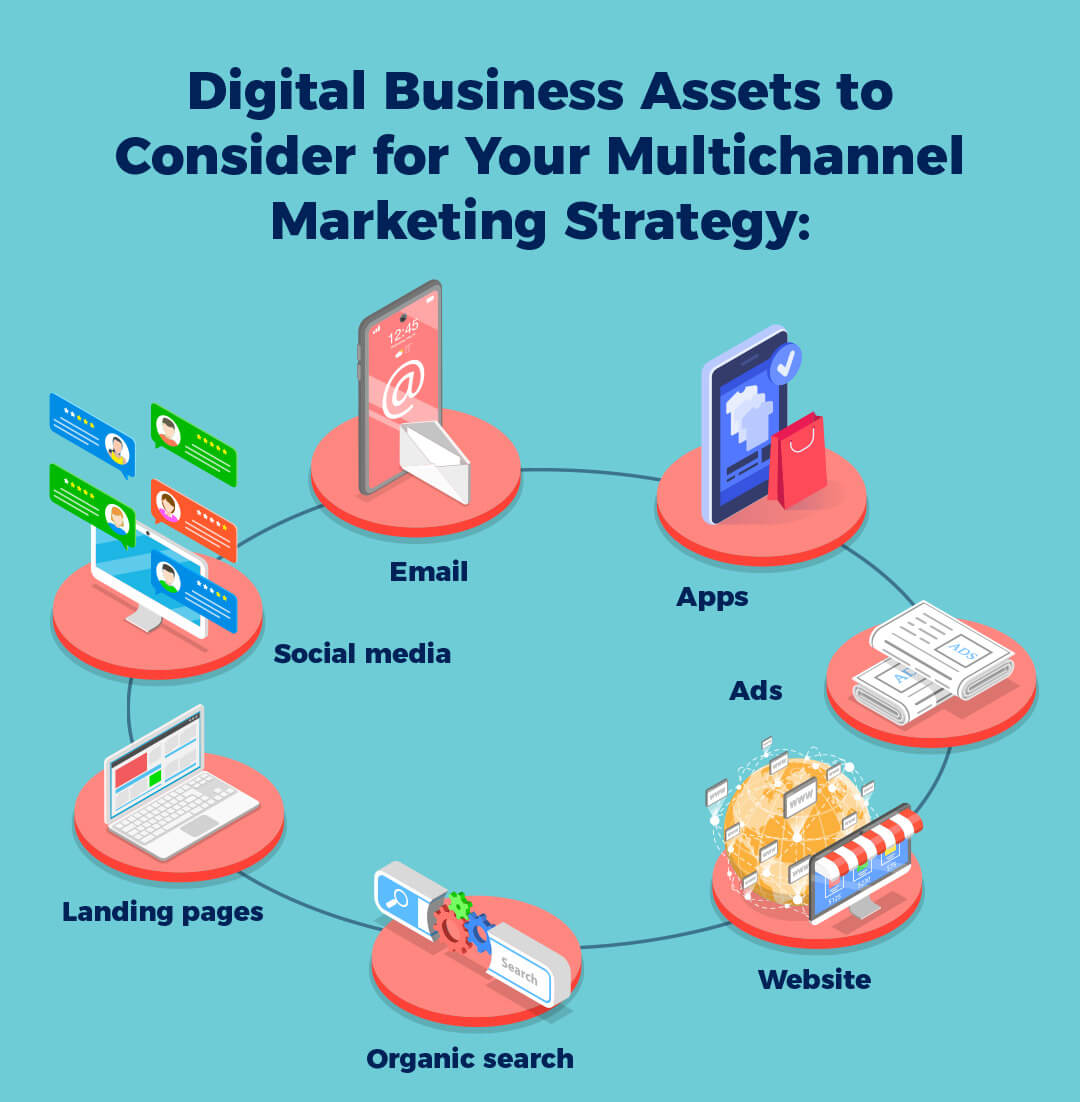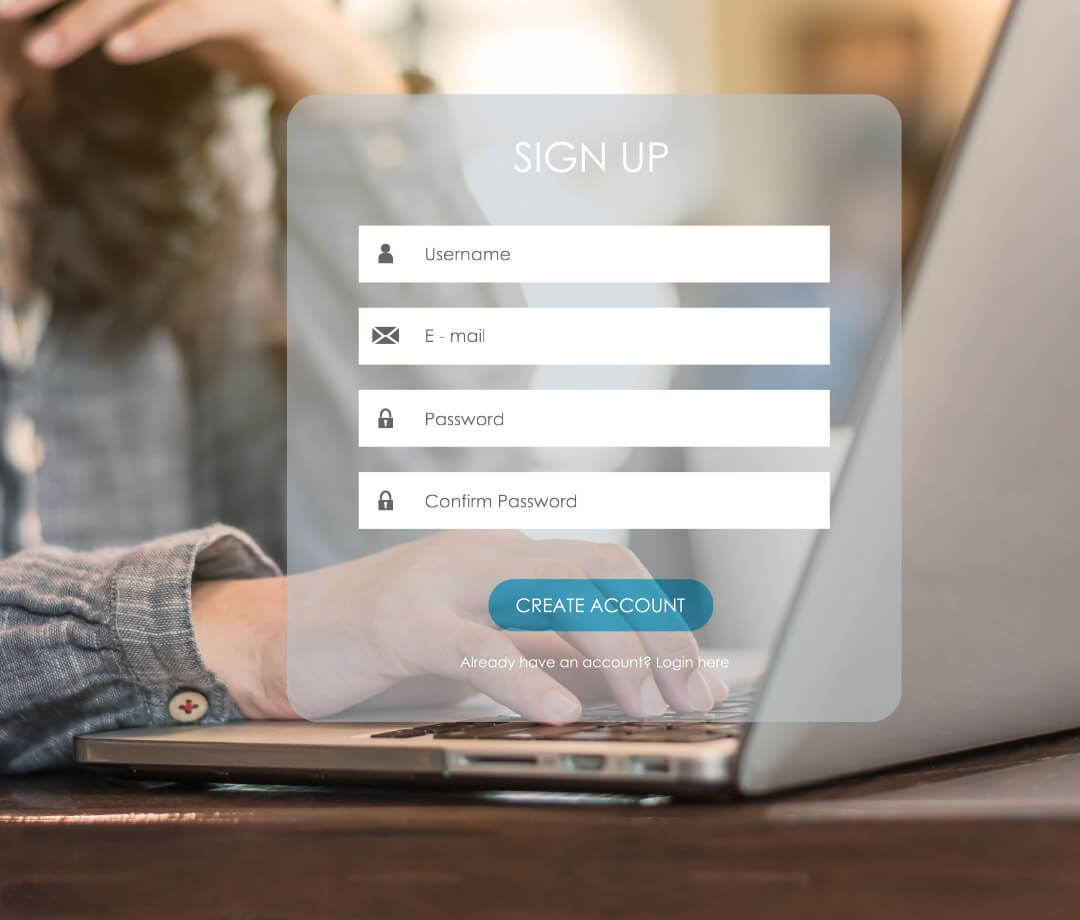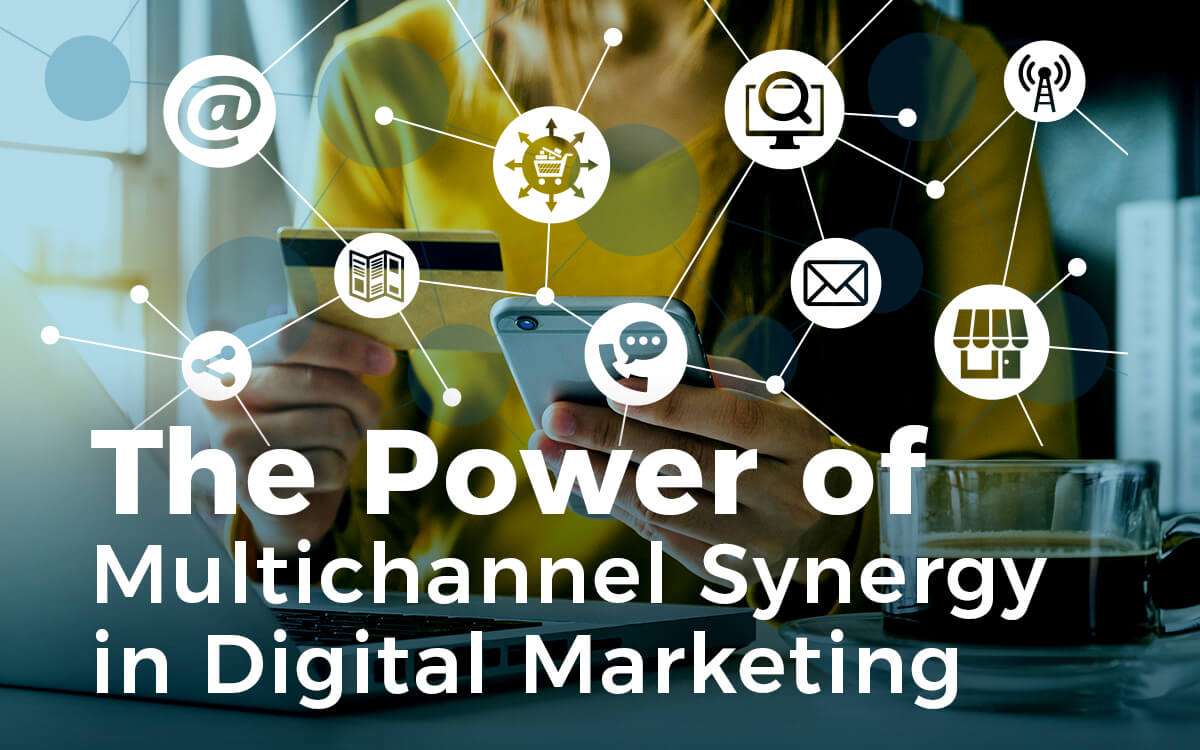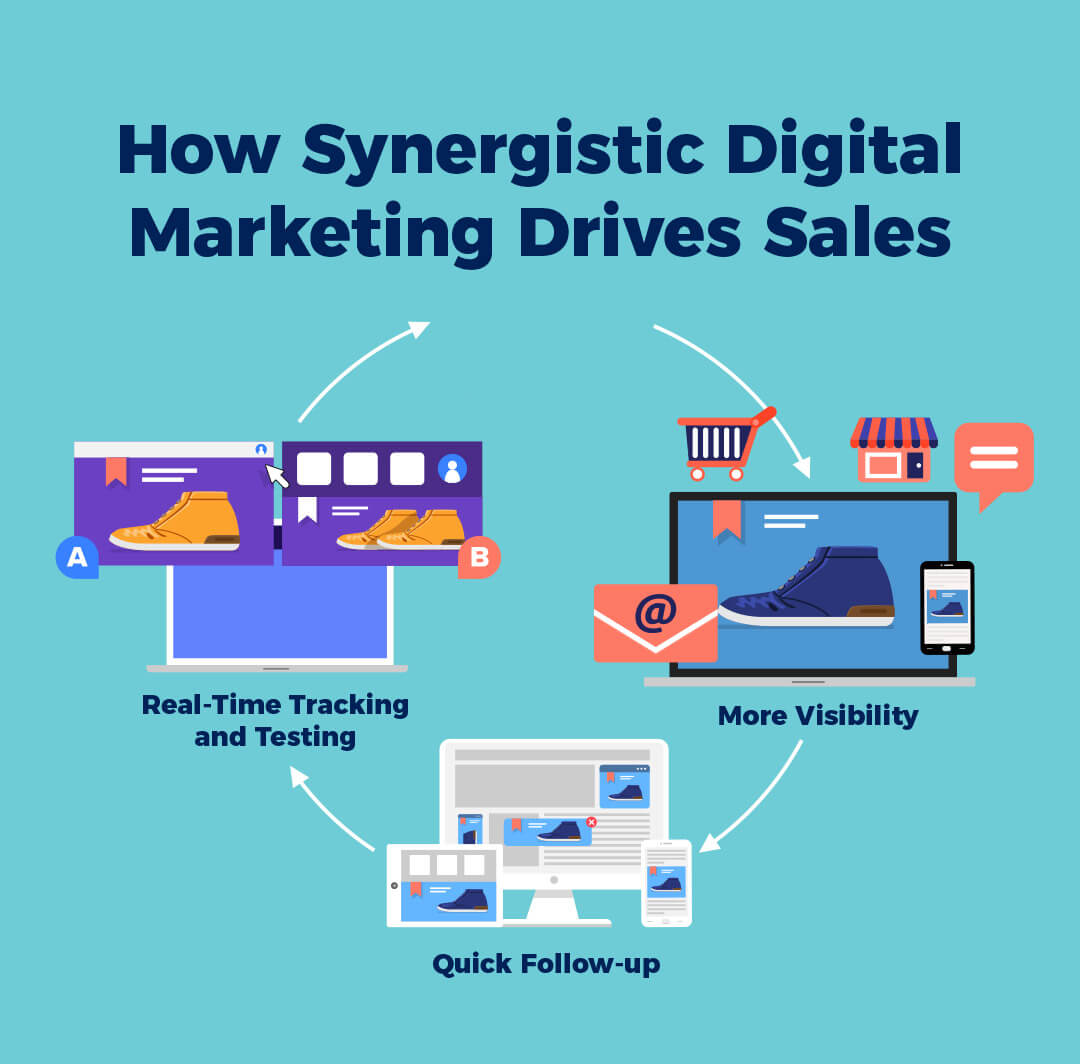Just 15 years ago, it wasn’t even that common for companies to have a website, but today, it’s mandatory. And only having a website isn’t near enough for a business anymore. Your content distribution needs to extend far and wide.
Did you know that studies show it takes an average of 7 to 10 touch points to convert leads into acquisitions? Many companies avoid bombarding potential customers with messaging for fear of scaring them off, but less is not more these days.
Don’t leave money on the table by putting all your focus on one form of marketing. Most users have unlimited access to the internet and are on more digital platforms than ever before. Consequently, your marketing team has more avenues to capture attention in the market.
Develop a multichannel marketing strategy that maximizes your chances of sales. Two or more organizations may offer similar services to yours, but you can often beat the competition by building the better multichannel campaign.
What Is Multichannel Marketing?
Multichannel marketing is exactly what it sounds like: marketing and sales efforts that span multiple channels. The idea is that your ideal audience may not become aware of your company if you focus on just one medium. Furthermore, it often takes many customer impressions before successfully selling something.
For example, rather than solely advertising in a local publication, you would run ads elsewhere at the same time. Your company could put a variation of the ad on social media, in search engine results, and in email campaigns. This synergy results in a combined effect greater than if you had focused on one just one concept or sales channel.
 What Digital Marketing Tactics Should Be Part of a Multichannel Strategy?
What Digital Marketing Tactics Should Be Part of a Multichannel Strategy?
There are so many options your company can mix and match to produce a synergistic effect and increase revenue.
Here are some digital business assets to consider for your multichannel marketing strategy:
- Website
- Organic search/search engine result pages (SERPs)
- Landing pages
- Social media
- Apps
- Ads
Your marketing team may want to develop campaigns tailored specifically to each of these platforms. They may have different audiences at various stages of brand awareness. However, it is also important to take into account how these channels can all work together. Create synergies among them to make selling easier. It may also help you minimize costs and maximize resources by making the marketing across platforms more cohesive.
How Synergistic Digital Marketing Drives Sales
Creating synergy among your digital marketing channels means developing an omnichannel strategy. Each channel should have its own strategy, but all should merge into an overarching content strategy. The outcome of a comprehensive marketing strategy should be to produce sales that meet business goals.
Strong sales and marketing synergy translates into a more seamless and effective customer experience. And a superior customer experience, in turn, results in greater customer acquisition.
More Visibility
Taking advantage of more content mediums increases the chances of your company being seen by your target markets. That way, no matter which platform a segment of your audience favors, you will get in front of them.
Your business will also make a stronger impression when this kind of synergy reinforces your message across platforms. Something seen more than once is always more memorable. Your company will benefit from being present in more places.
Quick Follow-up
Context matters. Optimal marketing synergy occurs when companies can present the right message at the right stage of the customer journey. When your digital marketing process collects customer data, your company can follow up intentionally.
Customers considering two companies may choose yours if you can produce a more intuitive experience that clearly communicates the value of your products and services. There are a few good ways to achieve this type of synergy:
– Lead-Nurture Marketing
Not all followers or website visitors are customers. If your company collects email addresses, you can use a lead-nurture email campaign to convert those leads into acquisitions. Follow up with prospects to demonstrate how you can provide some value for free. Then, remind them of the paid services your company offers. If they liked your free resources, they will be more likely to invest in your products.
– Abandoned Cart Notifications
An effective way to leverage technology to create synergy is to incorporate an abandoned cart email or text. Many organizations offer a reminder with a discount to help urge customers to return to the checkout flow and complete a purchase. If your company goes this route, just make sure to calculate a discount that doesn’t significantly impact your customer acquisition costs.
– Retargeting Ads
Similar to abandoned cart communications, companies can use digital ads to direct leads back to product pages or checkout flows. You’ve probably come across this many times when browsing the internet, and something you were looking at suddenly appears in ads. As long as your company collects the appropriate data points, you can easily create these automated retargeting campaigns to drive sales.
Real-Time Tracking and Testing
A huge benefit of digital marketing is that it provides companies with lots of opportunities for quick testing and reporting. You can get real-time results of your marketing efforts on a daily basis and make changes to improve synergy across platforms with a few button clicks.
– A/B Testing
A/B testing, also known as split testing, allows companies to test two versions of something. Many email and content management systems provide automated testing options. Running tests like this helps optimize sales by making sure a majority of your audience receives the better-performing content.
Organizations can run tests like this on nearly any element. A few good examples are subject lines, button text or color, and imagery. Using this process to research what works best can dramatically increase the performance of your marketing synergies.
– Google Analytics and App Metrics
Your company likely has a website, and if it does, you should also have a Google Analytics account connected to it. This is one of the most valuable tools you can use to track behavior across your market and audience. The social media apps and content management systems your company has also often track metrics.
Access to this type of reporting allows you to research how well your technology is performing all together. You can get insight into which pieces are driving the most sales or where potential buyers are dropping off. It may also give you clues as to where potential synergy could exist that you hadn’t previously considered.
All of this information provides you with a roadmap to how you can improve your marketing and sales performance. The sum of all these changes can lead to huge gains in revenue over time.
Conclusion
While there will likely be channels your buyers favor, it’s important for marketers to build a digital marketing ecosystem. Creating synergies across various types of media results in marketing alignment and maximizes your sales potential. The sum of the separate effects of each component in your multichannel strategy will determine the success of your business. Your product development team can create the better product, but it’s typically the more effective omnichannel sales and marketing synergy that wins in the end.
Multichannel Digital Marketing FAQ
What is synergistic marketing?
Marketing synergy means the various parts of a marketing strategy come together in a way that makes sense. Rather than running unrelated campaigns across various channels, synergistic marketing connects them all. The end result is a cohesive and widespread distribution of content that creates a memorable customer experience.
 What is an example of synergy in marketing?
What is an example of synergy in marketing?
One example of marketing synergy would be a search engine ad that drives to a landing page. Each should echo the same value proposition. The landing page should have a form to collect leads. Then, the leads receive follow-up emails directly related to their interactions with the company.
What is the difference between multichannel vs. omnichannel marketing?
A multichannel marketing strategy contains separate strategies across content channels. However, those disparate strategies may not relate to one another. Omnichannel marketing strategies create synergy by uniting all the content channels under one umbrella strategy. This synergy usually leads to a more cohesive experience and more customer acquisitions.
Generate Synergy With ISG
Want to learn more about the power of multichannel synergy in digital marketing and how it can take your brand to the next level? Connect with ISG today!



